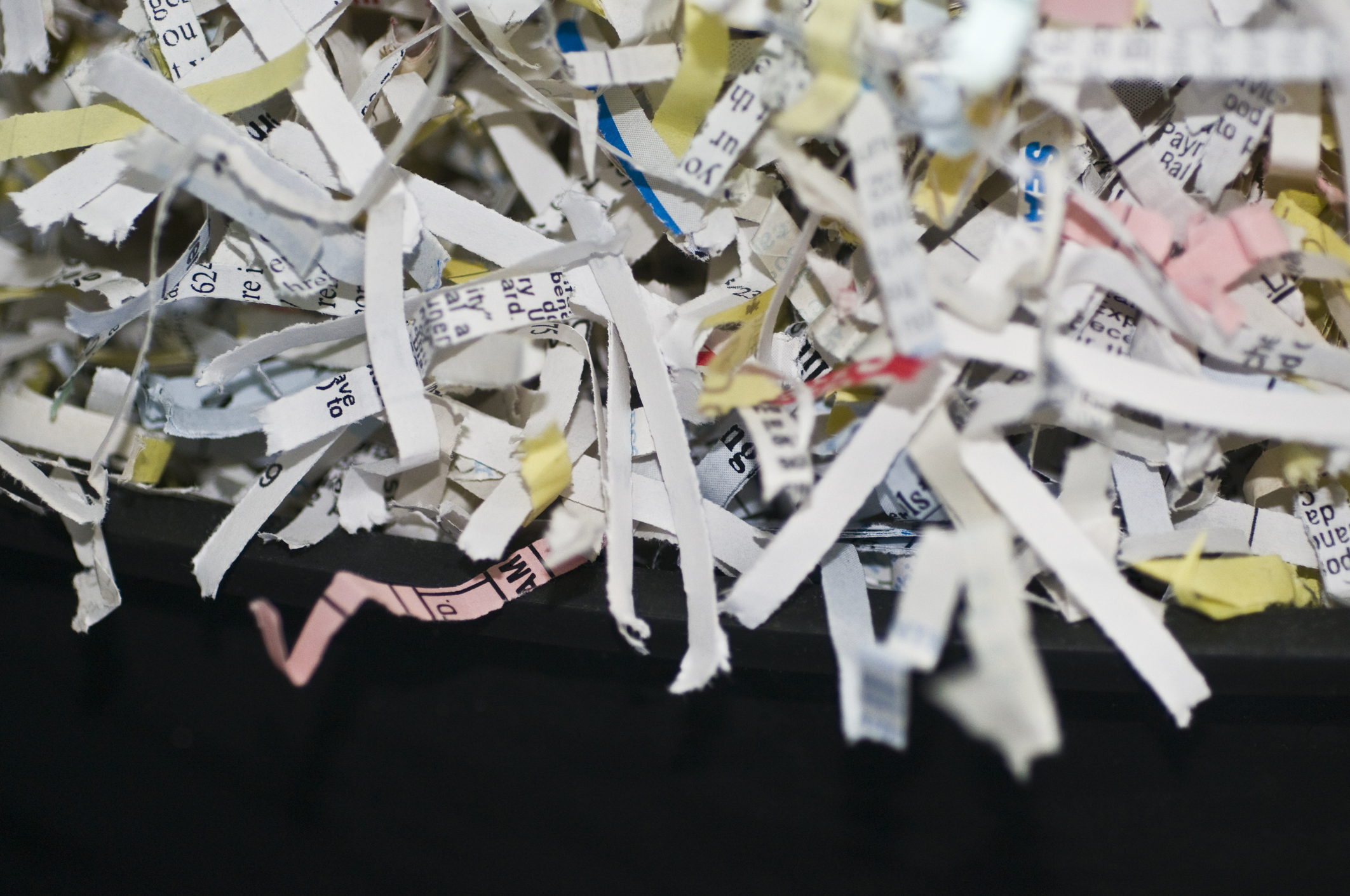How to build your own ultimate tracker fund
Efforts to build the “ultimate” tracker fund reveal how easy it is to over-complicate your asset allocation.


Passive investing – where an investor aims to match the return on an underlying market rather than beat it – has grown relentlessly in popularity over the last two decades. Little wonder. Passive funds cost far less than actively managed ones and mostly deliver better performance, because only a minority of active funds beat the market over time. Now index provider MSCI is working on the “ultimate index” – a project that “could mark the culmination of half a century of academic theory and practical financial engineering”, writes Robin Wigglesworth in the Financial Times. It aims to benchmark not just equities or bonds, but also “commodities and even private assets that do not trade on an exchange”.
A tracker fund that offers exposure to every major asset class sounds a convenient way to take the headaches out of asset allocation (see below). But as the man behind it, former theoretical physicist Peter Shepard at MSCI, points out, “one size will not fit all investors”. Asset allocation has to fit each individual’s circumstances: risk appetite and time horizon being the two main variables.
Another issue is complexity. It’s easy to tie yourself in knots given the range of apparently different asset classes out there. What role should currencies play? Hedge funds? Private equity? Faced with these questions, Shepard says, “simplicity and transparency are key. I could come up with a great black box, but if you don’t understand it, you won’t trust it and you won’t use it”. So keep your asset allocation simple. We’d suggest building your portfolio around five basic asset classes: equities, bonds, property, gold and cash, with the lion’s share in the first two. The point is for each asset to bring something different to the mix. Equities are a good play on long-term growth. Bonds are good in periods of deflation and weak growth. Property is basically a form of equity (an ownership stake rather than a loan), but with an element of inflation protection. Gold works as a disaster hedge and cash affords flexibility (“optionality”).
MoneyWeek
Subscribe to MoneyWeek today and get your first six magazine issues absolutely FREE

Sign up to Money Morning
Don't miss the latest investment and personal finances news, market analysis, plus money-saving tips with our free twice-daily newsletter
Don't miss the latest investment and personal finances news, market analysis, plus money-saving tips with our free twice-daily newsletter
Any other asset class you can think of slots into one of these boxes. If you decide private equity is something you want to own (perhaps via listed private-equity funds or investment trusts), it just sits in your equity allocation. It’s the same for commodities – while you can get direct exposure (see page 18), the reality is that mining stocks are a good enough approximation for most of us. As for currencies, they aren’t a separate asset class – they are better thought of as a potential cost you should be aware of when investing in non-sterling assets. Meanwhile, if MSCI or another index provider ever does come up with the “ultimate index”, you could always use it as a benchmark with which to compare your own portfolio’s performance.
Asset allocation is the process of dividing your portfolio between different asset classes, such as shares, bonds, property, cash and gold. Each of these asset classes should behave in different ways in different scenarios and have different potential risks and returns. The aim of asset allocation is to blend these together in a way that produces a combined level of risk and return that best suits an investor’s needs.
To take some extreme examples, a young investor saving for retirement a long way in the future and prioritising maximum growth above everything else might have 100% in shares, while a retiree who only cares about achieving a steady income might have 100% in bonds.
More commonly, somebody who wants to achieve a combination of income and growth while also protecting their wealth from bear markets would typically have a portfolio split between different assets classes in a more balanced way.
I wish I knew what asset allocation was, but I’m too embarrassed to ask
Asset allocation is often divided into strategic asset allocation and tactical asset allocation. Strategic asset allocation is essentially what we’ve already described – how you allocate your money for the long term to fit your investment goals. Over time, the amount in each investment may drift away from your strategic asset allocation because some asset classes have performed better than others. So on a regular basis – maybe once per year – you will rebalance your portfolio to take it back to your original strategic asset allocation.
Tactical asset allocation is any temporary changes that you make to a strategic asset allocation as a result of current market conditions. If shares sell off a long way and now look cheap, you might choose to reduce the amount of cash you hold and increase your investment in shares. Profiting from tactical asset allocation is harder than it sounds and doing it too much can easily lead to higher costs and lower returns.
Get the latest financial news, insights and expert analysis from our award-winning MoneyWeek team, to help you understand what really matters when it comes to your finances.
John Stepek is a senior reporter at Bloomberg News and a former editor of MoneyWeek magazine. He graduated from Strathclyde University with a degree in psychology in 1996 and has always been fascinated by the gap between the way the market works in theory and the way it works in practice, and by how our deep-rooted instincts work against our best interests as investors.
He started out in journalism by writing articles about the specific business challenges facing family firms. In 2003, he took a job on the finance desk of Teletext, where he spent two years covering the markets and breaking financial news.
His work has been published in Families in Business, Shares magazine, Spear's Magazine, The Sunday Times, and The Spectator among others. He has also appeared as an expert commentator on BBC Radio 4's Today programme, BBC Radio Scotland, Newsnight, Daily Politics and Bloomberg. His first book, on contrarian investing, The Sceptical Investor, was released in March 2019. You can follow John on Twitter at @john_stepek.
-
 Boost for over 100,000 families on Child Benefit as new HMRC payment system rolled out
Boost for over 100,000 families on Child Benefit as new HMRC payment system rolled outThousands of households will no longer have to pay the dreaded High Income Child Benefit Charge through self-assessment
-
 Are you being haunted by the ghost of Christmas past? How festive cutbacks could boost your long-term wealth
Are you being haunted by the ghost of Christmas past? How festive cutbacks could boost your long-term wealthThe average family spends around £1,000 over the Christmas season. Here’s how much you could have gained if you had invested some of the money instead.
-
 A change in leadership: Is US stock market exceptionalism over?
A change in leadership: Is US stock market exceptionalism over?US stocks trailed the rest of the world in 2025. Is this a sign that a long-overdue shift is underway?
-
 A reckoning is coming for unnecessary investment trusts
A reckoning is coming for unnecessary investment trustsInvestment trusts that don’t use their structural advantages will find it increasingly hard to survive, says Rupert Hargreaves
-
 British blue chips offer investors reliable income and growth
British blue chips offer investors reliable income and growthOpinion Ben Russon, portfolio manager and co-head UK equities, ClearBridge Investments, highlights three British blue chips where he'd put his money
-
 Renewable energy funds are stuck between a ROC and a hard place
Renewable energy funds are stuck between a ROC and a hard placeRenewable energy funds were hit hard by the government’s subsidy changes, but they have only themselves to blame for their failure to build trust with investors
-
 Profit from document shredding with Restore
Profit from document shredding with RestoreRestore operates in a niche, but essential market. The business has exciting potential over the coming years, says Rupert Hargreaves
-
 The war dividend – how to invest in defence stocks as the world arms up
The war dividend – how to invest in defence stocks as the world arms upWestern governments are back on a war footing. Investors should be prepared, too, says Jamie Ward
-
 Literacy Capital: A trust where great returns fund a good cause
Literacy Capital: A trust where great returns fund a good causeThere’s plenty to like about specialist private-equity trust Literacy Capital, says Max King
-
 An AI bust could hit private credit – could it cause a financial crisis?
An AI bust could hit private credit – could it cause a financial crisis?Opinion Private credit is playing a key role in funding data centres. It may be the first to take the hit if the AI boom ends, says Cris Sholto Heaton
